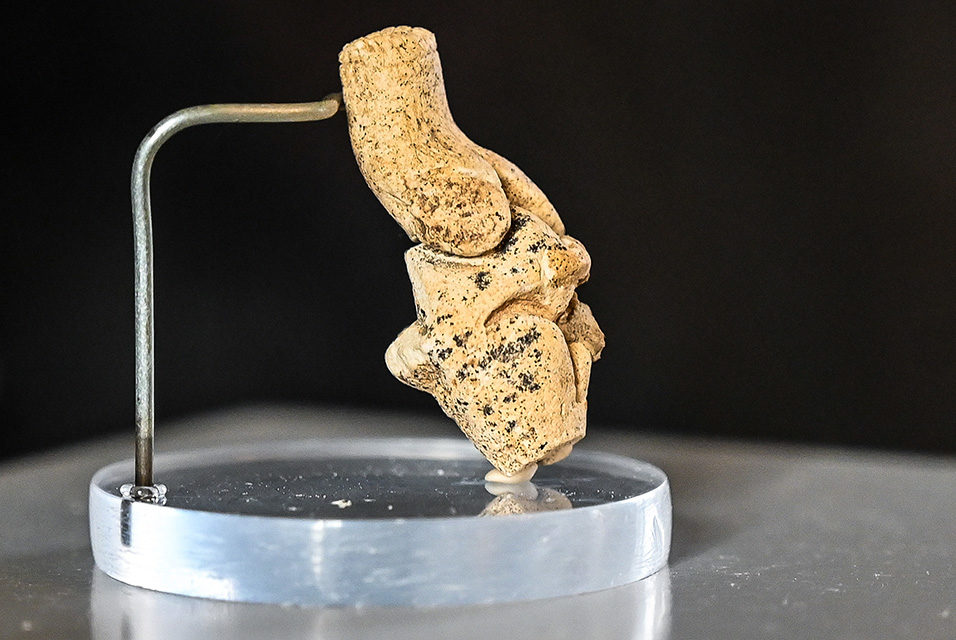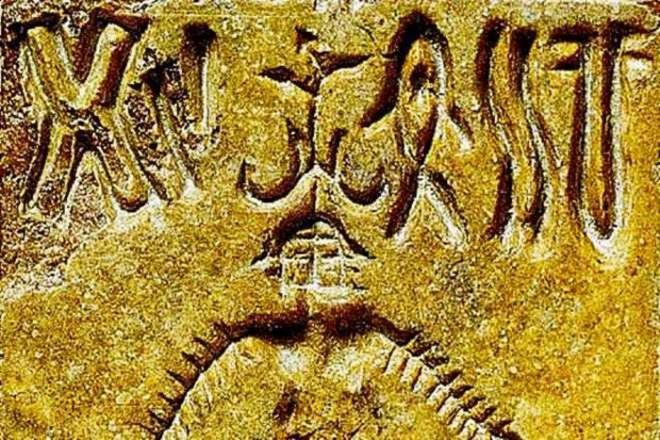OF THE
TIMES




In the early 1520s, Marguerite became involved in the movement for the reform of the church, meeting and corresponding with the leading reformers of the period. In 1527, apparently by her own choice, (rare in those days) Marguerite married Henri d'Albret, King of Navarre (though most of his kingdom was in Spanish hands). Henri d'Albret was the son of Catherine de Foix, descended from a famous Cathar family.And check out SOTT radio's:
Around 1531, Marguerite allowed a poem she had written to be published, Miroir de l'ame pecheresse (Mirror of the sinful soul). Marguerite gave a copy of Miroir to one of her ladies in waiting, Anne Boleyn, and it was later translated into English by Anne's 12 year old daughter, Elizabeth later to become the greatest monarch England has ever known. As it happens, Anne Boleyn had previously been the lady in waiting to Margaret of Austria, so the two ladies undoubtedly communicated with one another and shared a Lady in Waiting. It also makes one wonder about the possibility that there was a great mystery surrounding Anne Boleyn?

Until that point in time, the Britons had held control of post-Roman Britain, keeping the Anglo-Saxons isolated and suppressed. After the Romans were gone, the Britons maintained the status quo, living in towns, with elected officials, and carrying on trade with the empire. After AD 536, the year reported as the "death of Arthur", the Britons, the ancient Cymric empire that at one time had stretched from Cornwall in the south to Strathclyde in the north, all but disappeared, and were replaced by Anglo-Saxons. There is much debate among scholars as to whether the Anglo-Saxons killed all of the Britons, or assimilated them. Here we must consider that they were victims of possibly many overhead cometary explosions which wiped out most of the population of Europe, plunging it into the Dark Ages which were, apparently, really DARK, atmospherically speaking.But following this upheaval, during which there may have been places of refuge, for some, there arose a period quite different to our own, so much so that, even in our age of information and 'diversity', we're still struggling to understand the people of the Middle Ages. R. G. Collingwood in Speculum Mentis writes:
The men of the middle ages, as we look back on them, appear to us half children and half giants. In the narrowness of their outlook, the smallness of the problems they faced, their fanciful and innocent superstition, their combination of qualities and activities which a reflective or critical society would find intolerably contradictory, they are children, and it is difficult for us to believe that human beings could be so simple. But in the solid magnitude of their achievements, their systems of law and philosophy, their creation and organization of huge nation-states, their incredible cathedrals, and above all their gradual forging of a civilized world out of a chaos of barbarism, they seem possessed by a tenacity and a vastness of purpose that we can only call gigantic. They seem to be tiny people doing colossal things.See also:

Comment: See also: